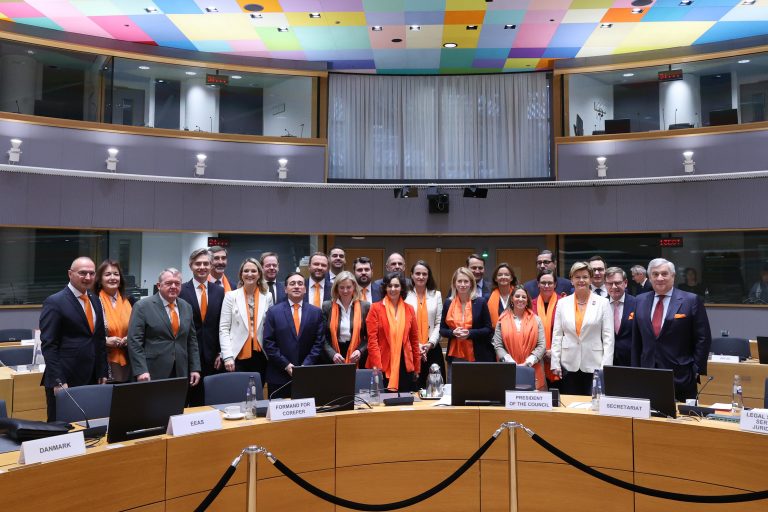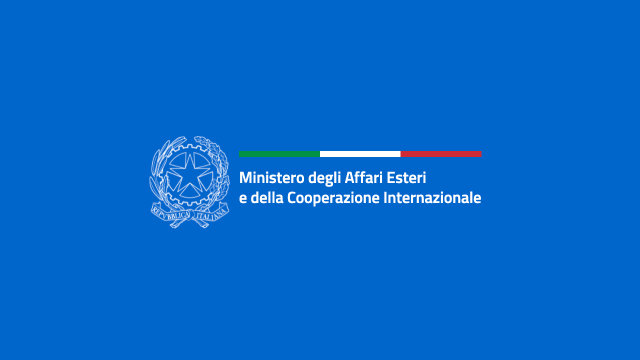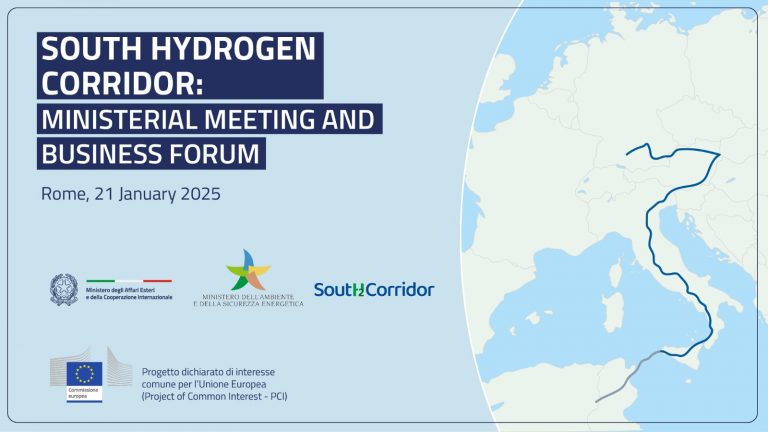On the issue of establishing the sea border between Italy and France, which has been the subject of parliamentary questions as well as several press reports, the Ministry of Foreign Affairs recalls the points raised in the reply given by Undersecretary for Foreign Affairs Benedetto della Vedova to parliamentary question no. 2-01268 of 12th February.The Caen Agreement was signed on 21 March 2015, after a long negotiation that began in 2006 and ended in 2012, to fulfil an objective need for regulation, particularly in light of the supervening rules introduced by the United Nations Convention on the Law of the Sea (UNCLOS) of 1982. The negotiation involved all the technical ministers, based on their areas of responsibility, including those with responsibility for fisheries, transport and energy, who had an opportunity to present their independent assessments.Given its nature, the Caen Agreement has been submitted for parliamentary ratification and has not therefore come into force yet.With regard to the contents of the Agreement in particular, the boundary of the territorial waters and the remaining maritime areas is consistent with the criteria established by UNCLOS, particularly the principle of the median line of equidistance. During the negotiations that led to the signing of the Agreement, Italy was able to retain unchanged the definition of the basic straight line for the Tuscan archipelago, previously fixed by Italy for establishing the boundaries of territorial waters in 1977. Furthermore, for the territorial waters between Corsica and Sardinia, including the joint fishing zone, the agreement signed in 1986 was fully safeguarded. Lastly, with regard to the boundaries of territorial waters between Italy and France in the Ligurian Sea, in the absence of a previous boundary agreement, the Caen Agreement complies with the principle of equidistance set by UNCLOS.Obviously, during the ratification procedure, there will be an opportunity to make an appropriate assessment of all the comments and proposals made by parliament and the local authorities in relation to the agreement.




